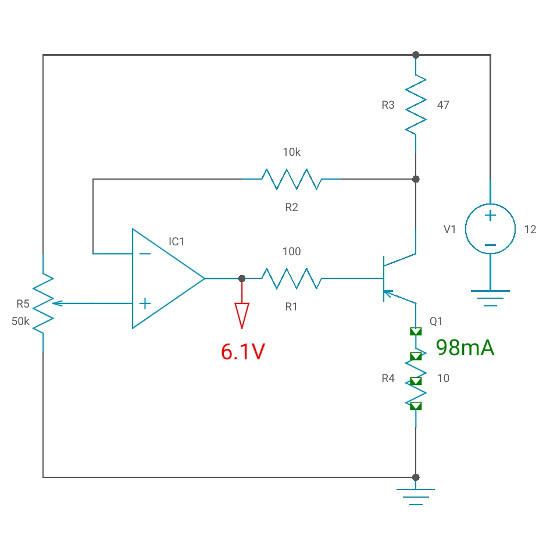
Proteus based Pic Microcontroller Projects pdf.Pic10f series microcontroller based Project List.Pic18f452 microcontroller based projects.Pic18f4550 microcontroller based projects.Pic16f877a microcontroller based projects list.This device has a Theta j-a of 110C/W, so the temp-rise = 110*0.15 = 17 degrees. PMOS power = Max voltage * typical current = 69*0.0022 = 150mW. The voltage across the PMOS is Supply_voltage - Nixie_voltage - Resistor_voltage = 200-125-6. Assume a ridiculously low nixie voltage of 125V. You should also sanity-check the PMOS transistor worst-case power dissipation. Sanity-check the power in the resistor: P=I^2R in this case, P=13mW, so even with tiny surface-mount devices you are fine. Now you can solve for the resistor value:

The voltage-drop across the resistor is 10V - Vgs(on) in this case, it's 6V.

For the FQD7P20TM that I use, it's about 4V (see the transfer characteristics curve). Next, from the datasheet, you need to find Vgs(on) for the MOSFET. That gives +/- 2V of range to adjust the anode current without changing resistors. Next, you want some adjustment range for the anode current. You can use other values, but be careful to stay below the rated Vgs(max). *sigh*Īssuming you have high-enough HV power-supply headroom for the nixies (180V or more), the choice for the resistor begins with the isolated power supply I chose 12V because there are a lot of small, efficient DC-DC converters that provide 12V. What's the other side of that wall? A huge transformer serving power to the building apparently. Can you move it away from the wall? Oh, look, it has stopped wobbling now. on a hunch I asked him where it was in the room. I had another complaint from a customer somewhere in NY state that one of my workstations had a CRT screen where the image wobbled. Speaks to the difference between intelligence and common sense, I feel. oh, wait, it's working now.Īnd that was a leading academic institution. he said Hang on, just have to shut the blinds so I can read the number - sunlight is too strong.

I asked him for the serial number of the failing mouse (thinking was there a bad batch?). So, he told me that one in particular was random, jerky, and sometimes the mouse pointer wouldn't move at all. these mice used two colours of LED, and a reflective pad with a grid of lines on. I phoned the lab tec to find out what was going on. When we did some early ships of advanced workstations to universities, I had a bunch of complaints from Cambridge University that their optical mice were failing randomly.


 0 kommentar(er)
0 kommentar(er)
